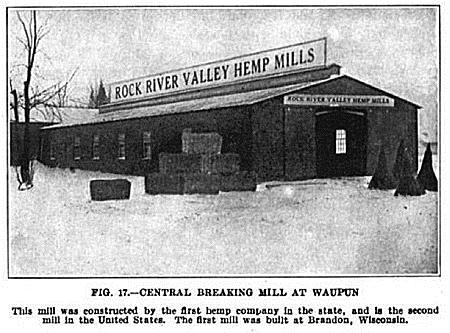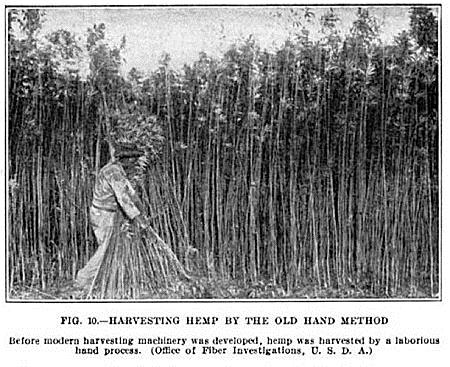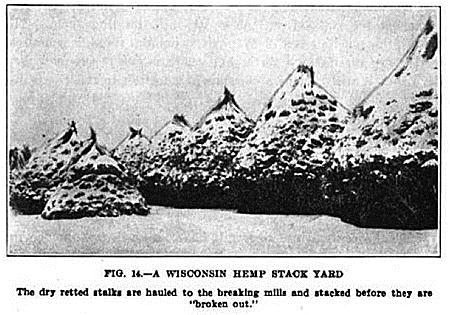When Hemp Was King! Mystery Cache
-
Difficulty:
-

-
Terrain:
-

Size:  (regular)
(regular)
Please note Use of geocaching.com services is subject to the terms and conditions
in our disclaimer.
!!!THIS IS AN OFFSET CACHE!!!
AMERICA'S HEMP KING
In 1915, Matt Rens was a dairy farmer with a 10th grade education. When WWI broke out, he saw the nation's need for hemp and built his first hemp factory near the posted coordinates. This first mill was destroyed by fire in 1920 but 3 monthes later, a new and larger mill was up and running. The proximity to the railroad and the fertile soil made the area well-suited for hemp production.
After WWI, hemp production continued in the area and Matt built another mill on Hwy. 49 between Waupun and Brandon (Hemp Road is still located nearby). Soon there were 13 other mills in the area competing for business, and the prices dropped.

In 1941,WWII started and hemp imports were cutoff from the Phillipines. It was during the next few years that Matt Rens solidified his reputation as America's Hemp King! The US Government decided to build 42 hemp mills in the upper Midwest. They consulted Matt and asked for advice on how to expand production. Almost $1 million of machinery was ordered to process the hemp that would be harvested. Finally, 170 men were trained in Fond du Lac to manage and operate the mills.

The Government plan was to plant 35,000 acres of hemp in Kentucky in 1942 for seed production,to meet the goal of planting/harvesting 450,000 acres to be processed for fiber. The fiber would be used by the military for rope and cord. Although these mills produced their share of fiber, Matt's 2 mills produced 95% of the countries hemp during WWII!
During the war years, a Marihuana Certificate was needed to produce hemp, and could be purchased for $1. (You can see a copy of a 1942 Certificate on the inside cover of the container.)
By the year 1944, the war was coming to an end and the military no longer needed the fiber. Imports of higher quality were once again available from the Phillipines, as well as sisal from Central America. The new mills were used for 1 more year, but several were never used.
The post war effort on assisting Europian countries to rebuild brought thousands of bales of hemp to France. In midyear of 1950, the US changed it's plans and 70 loads of hemp were never sold.
In 1950, America's Hemp King died, and in 1957, the mill processed it's last crop.

The posted coordinates will take you to a tall structure in the ruins of the hemp mill. Park in the Brandon Park and walk west, following any nature trail. We recommend daytime caching so you can explore this piece of Wisconsin history.
Seek the container 100 feet SOUTH of GZ. 
Additional Hints
(No hints available.)